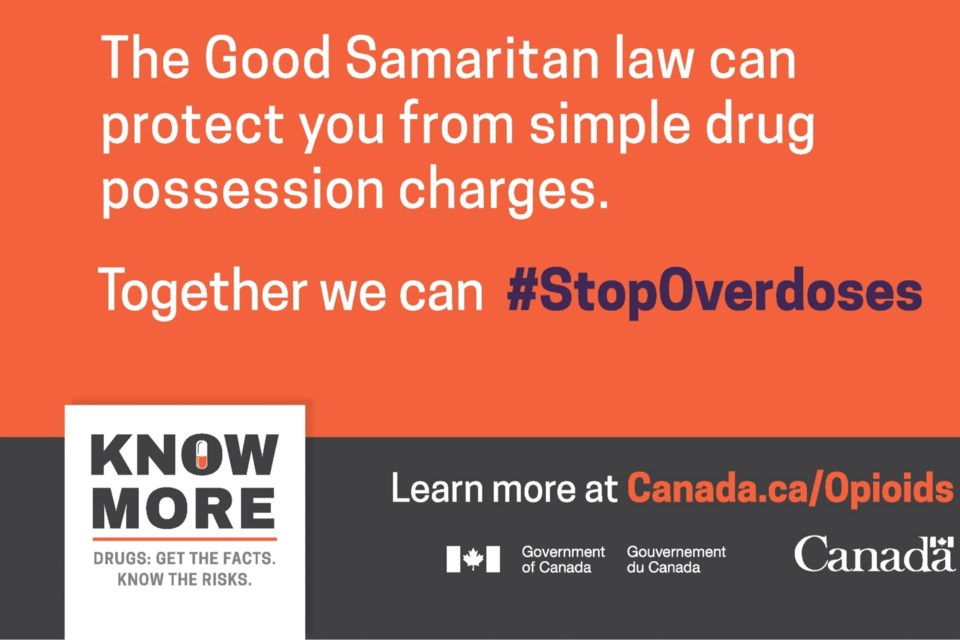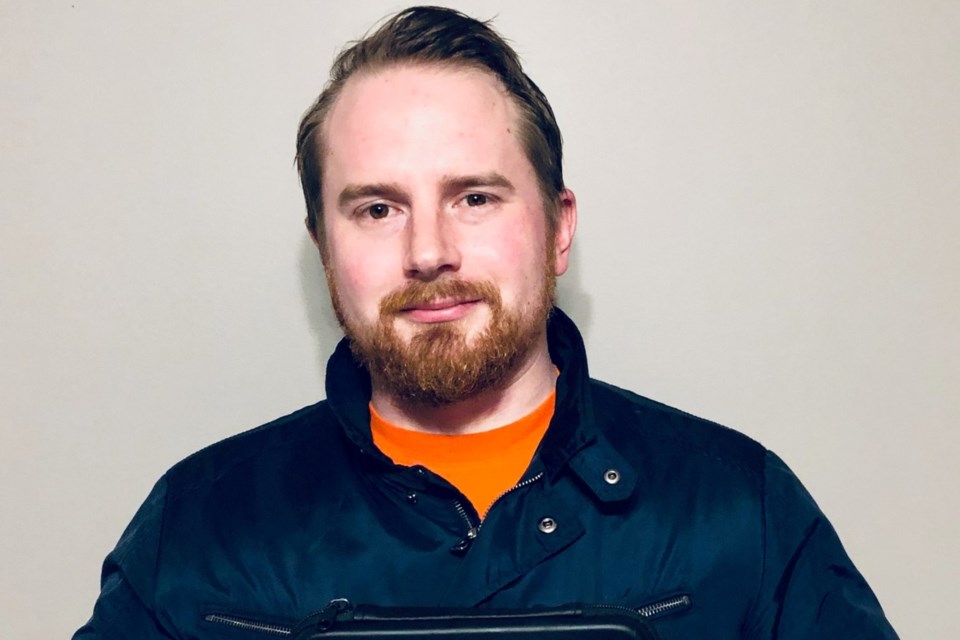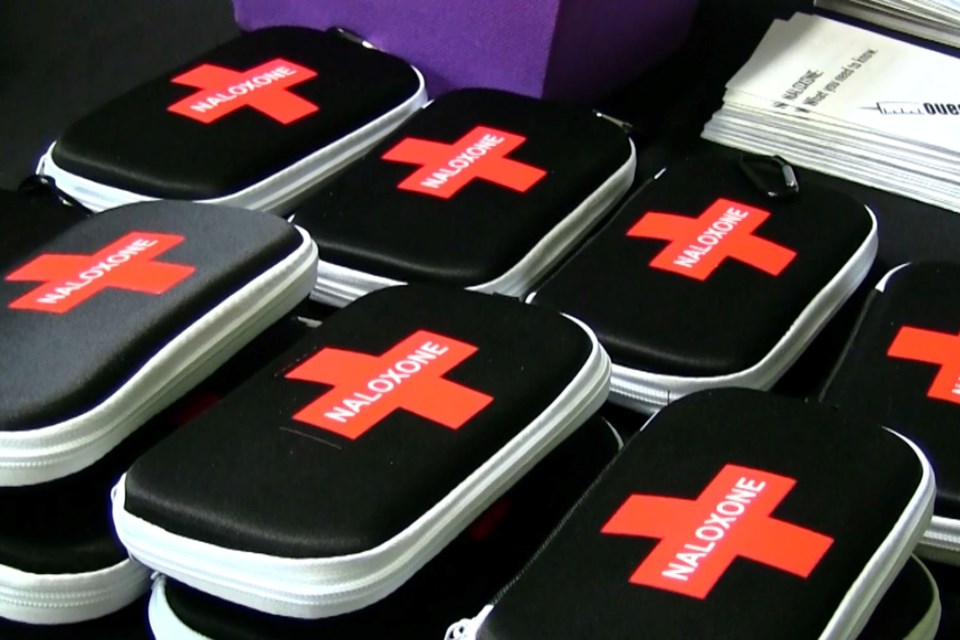A recent Supreme Court challenge could mean fewer people seeking help when a friend or community member is having a drug overdose.
A challenge to the Good Samaritan Drug Overdose Act, R. v. Wilson is calling into question the protections offered under the law, enacted in 2017 as part of the federal government’s approach to substance use.
The law provides immunity from prosecution for drug possession and some other offences for people at the scene of a drug-related medical emergency.
It is intended to encourage people to stay at the scene of a drug-related medical emergency, provide first aid, and ultimately, save lives and prevent injuries.

But in the case of R. v. Wilson, Paul Eric Wilson of Saskatchewan was arrested on Sept. 10, 2022, after he called 911 when a woman named Cheryl Delorme overdosed on Fentanyl.
According to court documents, as Delorme lost consciousness and stopped breathing, the people she was with, including Wilson, took immediate action, performing CPR and calling emergency services.
But the documents state that while Delorme was being treated by paramedics, Wilson and two other bystanders were arrested by RCMP Const. Heidi Jo Marshall, even though the charges filed would not go to court under the established Good Samaritan laws.
Marshall testified she noticed Wilson “fiddled with something in his clothing pocket,” and then a white streak mark appeared on the street near his feet. “She believed that streak consisted of powdered crystal meth,” reads the court documents, which led Marshall to perform a further search of Wilson and his vehicle.
Wilson was convicted of the offences stemming from that search, but the conviction was overturned by the Saskatchewan Court of Appeals.
The Crown has pushed to the Supreme Court, arguing that Wilson and the two others were only protected from prosecution for the offence of simple possession, and since he was not ultimately charged for that, the arrest stands.
Intervenors in the Supreme court challenge, which include the John Howard Society of Saskatchewan, Harm Reduction Nurses Association, Canadian Civil Liberties Association, Pivot Legal Society, Criminal Lawyers Association and the Canadian Drug Policy Coalition, are concerned the precedent this sets means people will leave a person who is overdosing out of fear they will be at risk of arrest.
Interveners provide their unique perspectives based on expertise and practical experience to help the court decide questions impacting individuals beyond the initial parties.
As part of their submissions, the Intervenors note that with cities with an already-high rate of death from overdose (134 people in the Public Health Sudbury Manitoulin District died last year), this could mean a significant increase to the death rate in places already facing crisis.
At a Jan. 14 press conference hosted by the Canadian Drug Policy Coalition and Harm Education Nurses Association to discuss the court challenge, Corey Ranger, president of the latter, said the more people that use alone, the worse it will be. “We know that isolation plus a toxic drug supply is a recipe for preventable death and harm,” he said.

He spoke of the overdose reversal medication, Naloxone, and the success of the program used to distribute it, noting it “has been one of the most impactful interventions in responding to the public health emergency of overdose.”
When he is offering Naloxone training, he told the group, “we tell people that you must stay with the person who overdosed, that leaving them behind is a risk for death, and that the Good Samaritan laws will protect you and them if the police arrive.”
It’s been established so long, he said, that there are posters “in public restrooms, clinics and community centres across the country, that say, suspect an overdose, call 911, and stay with the person. The Good Samaritan laws will protect you.”
He and the organization he represents fear that may not be the case any more, if the Supreme Court upholds the conviction in R. v. Wilson.
If not, said Ranger, “we'll see a lot more people abandoned at the scene of an overdose, and that means more preventable harm; in this case, any intervention or any interpretation of these laws that reduces clarity will result in delays in resuscitation. That means not only a heightened risk for death, but also for preventable brain injury,” he said.
The decision from the nine judges of the Supreme Court could take upwards of six months.
